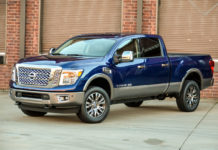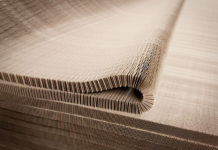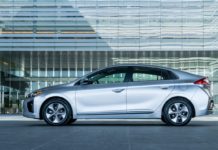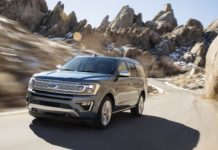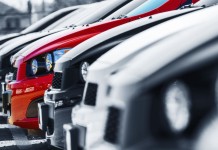According to the latest J.D. Power Initial Quality Study, the British SUV brand is at the bottom of the heap, with 204 problems per 100 vehicles. That's far worse than the industry average of 124 problems per 100 vehicles.
The poor showing is a repeat performance for the luxury SUV brand, which has been one of the bottom three of the Power IQS pack for three of the past four years.
How many vs. how serious
Land Rover executives say that it's not necessarily how many problems are found but how bad those problems are. It also matters how quickly the problems are corrected on the assembly line. Land Rover has fixed the problems detailed in the survey, said Al Kammerer, director of product development for Land Rover and Jaguar.
J.D. Power executives counter that niggling early quality problems often are bellwethers for longer-term lack of durability and reliability.
“There is a very good correlation between initial quality and vehicle dependability,” said Neal Oddes, J.D. Power director of product research and analysis.
J.D. Power's vehicle dependability survey will be released Wednesday, Aug.9.
In Land Rover's case, its dead-last IQS finish can be attributed largely to software gremlins that triggered a persistent check-engine light.
“Consumers just knew they had a problem with a check-engine light,” Oddes said. “They didn't know what the underlying problem was, and that leads to a certain apprehension.”
Land Rover replaced its BMW-sourced engines for the Range Rover with ones from Jaguar for the 2006 model year. It also launched the Range Rover Sport with the same Jaguar engines. Both required creating new engine management software applications.
But Land Rover engineers did not account for all the different electronic connections that a Land Rover must mate to, compared with Jaguar. That triggered fault codes in the software that then lit the check-engine light, Kammerer said.
Those errors were especially prominent in the Range Rover, which used the new Jaguar engine but retained the original BMW electrical architecture.
|
|
“Seventy to 80 percent of all quality problems have their root in poor engineering,” Kammerer said. “We have gone back and fixed those goofs and have the data to prove it.”
All models involved
All IQS data is sales weighted, Oddes said. But all three Land Rover models – the Range Rover, Range Rover Sport and LR3 – contributed to the brand's poor performance.
In addition to the check-engine light, consumers dinged Land Rovers for brake noise, as well as the Range Rover Sport's hard-to-close liftgate.
Kammerer said the brake problems derived from the “witchcraft” of the brake pad formulating process gone wrong. The liftgate problems came from the body shop's stamping tolerances being out of whack. Both problems have been corrected, Kammerer said.
The real evidence of Land Rover quality comes from warranty cost outlays, Kammerer said. While he would not disclose warranty-cost-per-vehicle – that being a highly guarded secret at most automakers – Kammerer said costs are down by “well beyond 20 percent” since last year.


